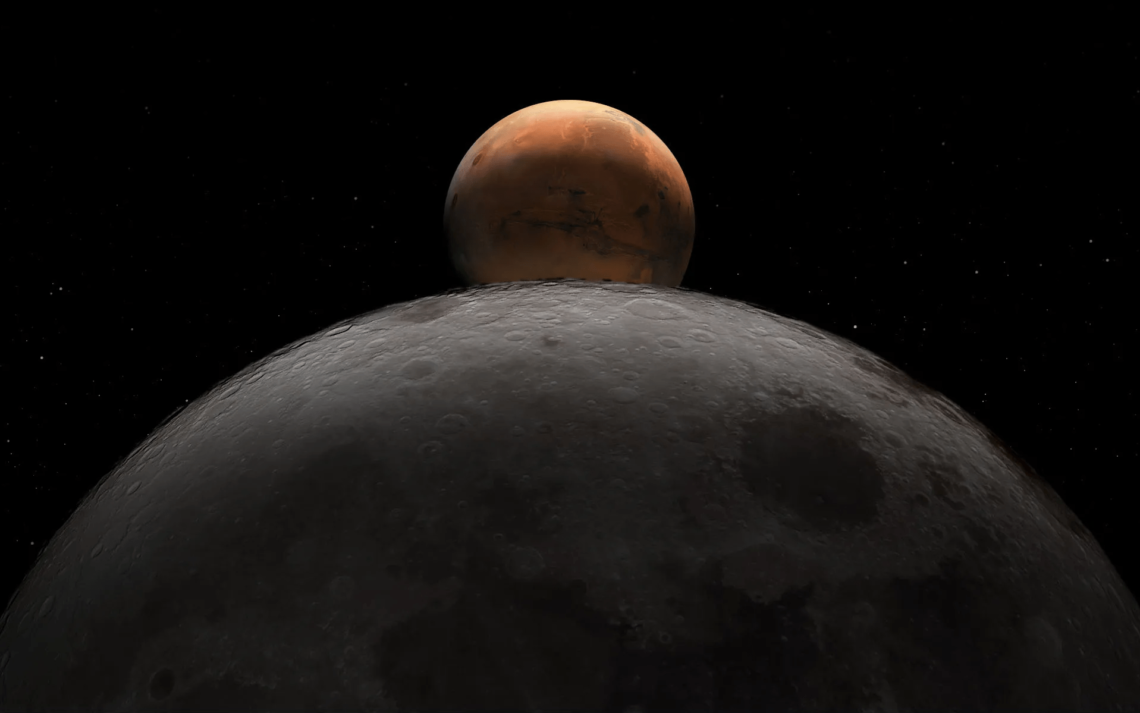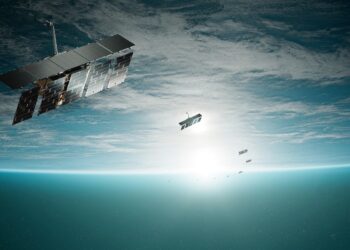Bridging cultures to serve a greater goal is extremely hard. NASA has three dominant cultures, human spaceflight (HSF), engineering and science, which must be integrated to achieve the grand objective of returning humans to the moon and going on to Mars. In the moon to Mars (M2M) Architecture document, NASA clearly explains the purpose of these extraordinary efforts: to conduct world-class science, to establish a national posture that will affect humanity’s future and to inspire current and future generations.
In my 50 year career, I’ve seen the space world from many different vantage points: National Lab, startup venture, consultant, center director of NASA Ames, peer-reviewed journal editor and adjunct professor at Stanford. These experiences have exposed me to the strengths and weaknesses of all three cultures and given me some insights on how they must be blended to explore other worlds.
Science
As the founder of NASA’s Astrobiology Institute, I learned firsthand that getting disparate scientists, including geologists, astronomers and biologists to work together can be challenging. The very first requirement was developing a common language to bridge the chasms among minerals, parsecs and DNA, for example. Alongside a greater understanding of the other disciplines came an absolute need to be in the same room at the same time. Exchanging documents and papers is fine, but only after the various science groups, led by a highly respected scientist who values interdisciplinary work, have first reached a consensus. Science is a grassroots endeavor where all must be heard, a consensus reached after extended debate and then an ongoing reexamination as new data emerges. Such is true as well for developing M2M science objectives.
Engineering
In 1999, two NASA Mars missions disappeared. As a result of these failures, I was asked to go to NASA HQs and fix the mess. Upon my arrival, I found that at least five different individuals claimed…
Read the full article here


